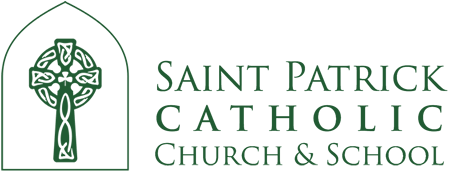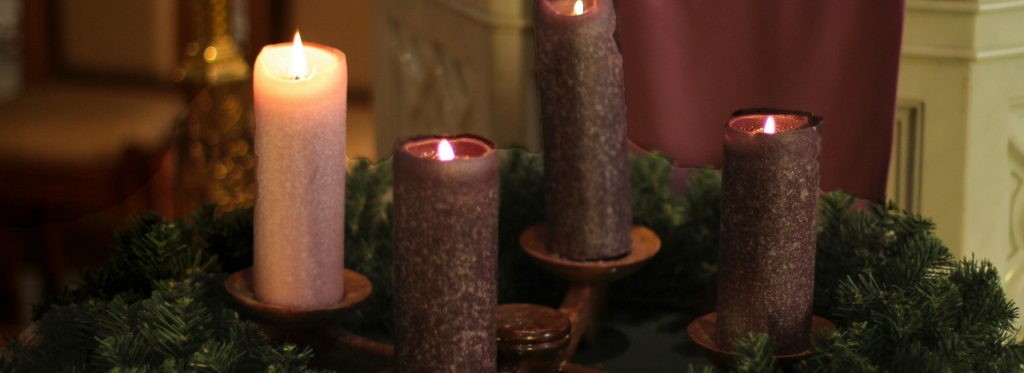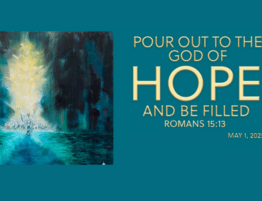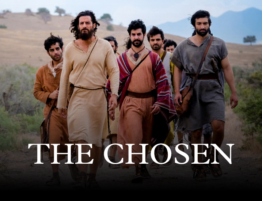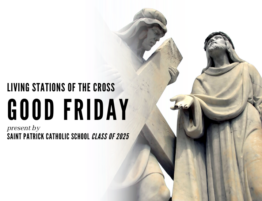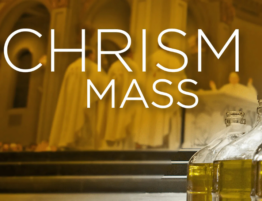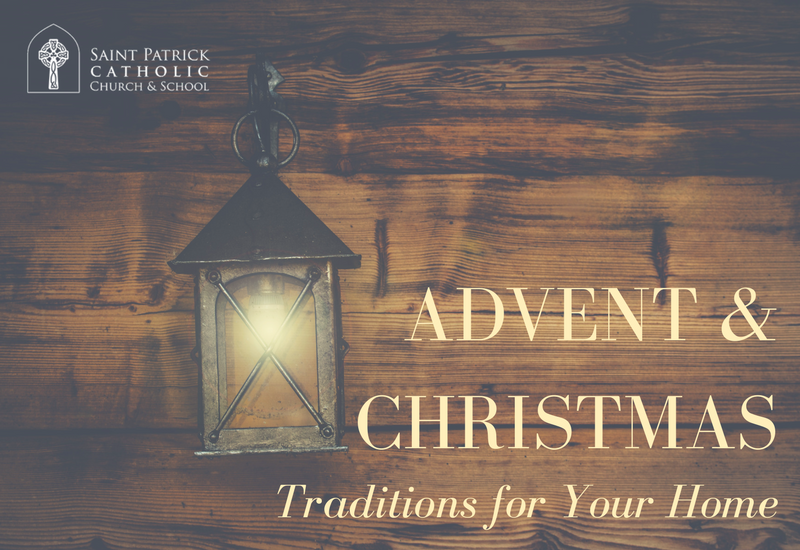
By participating in various time-honored traditions, such as a Christmas tree, a manger scene or Advent wreath, Catholic families can engage more prayerfully in the seasons of Advent and Christmas.
The Advent Wreath
The Advent wreath is perhaps the most common Advent symbol, and is also one of the most popular Advent traditions for the home.
Advent wreaths are circular, representing God’s infinite love and are usually made of evergreen leaves, which represent life. Within the Advent wreath are four candles that generally represent the four weeks of the Advent season and the light of Christ. Each of the candles has its own significance as well. Individually, the candles specifically symbolize the Christian concepts of hope (week one), peace (week two), joy (week three) and love (week four). Many Advent wreaths also have a white candle in the center to symbolize the arrival of Christmastide, sometimes known as the Christ candle which is lit on Christmas Eve or Christmas Day. The Christ candle is coloured white because this is the traditional liturgical feast color.
The blessing of an Advent Wreath takes place on the First Sunday of Advent or on the evening before the First Sunday of Advent. The Blessing of the Advent Wreath is celebrated in the home as well as in the Church.
Don’t have an Advent Wreath yet? It is not too late. Advent Wreaths and candles are available for sale through the Catechesis of the Good Shepherd. If you would like to make arrangements to purchase email us.
The Nativity
Nativity scenes which typically rest under our Christmas trees are a visible reminder of that night when our Savior was born. St. Francis of Assisi had a special devotion to the Child Jesus, and he is credited with creating the first nativity scene on Christmas Eve of the year 1223. He recreated the scene of Christ’s birth in a special service and Mass he held inside of a cave, invitin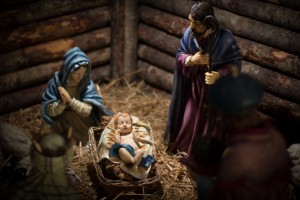 g both his fellow friars and the townspeople to join in the celebration.
g both his fellow friars and the townspeople to join in the celebration.
When the manger is set up in the home, it is appropriate that it be blessed. Traditionally, the figures in the nativity set are added gradually to recount the historical Christmas story. On December 24, the Baby Jesus is placed in the manger, and the following days the shepherds are added. On January 6, Three Kings Day, also known as Epiphany, the Magi, sometimes known as the Wisemen are added near the manger scene too.
The Christmas Tree
The use of the Christmas tree is relatively modern. According to custom, the Christmas tree is set up just before Christmas and may remain in place until the Epiphany. The lights of the tree are illuminated after the prayer of blessing.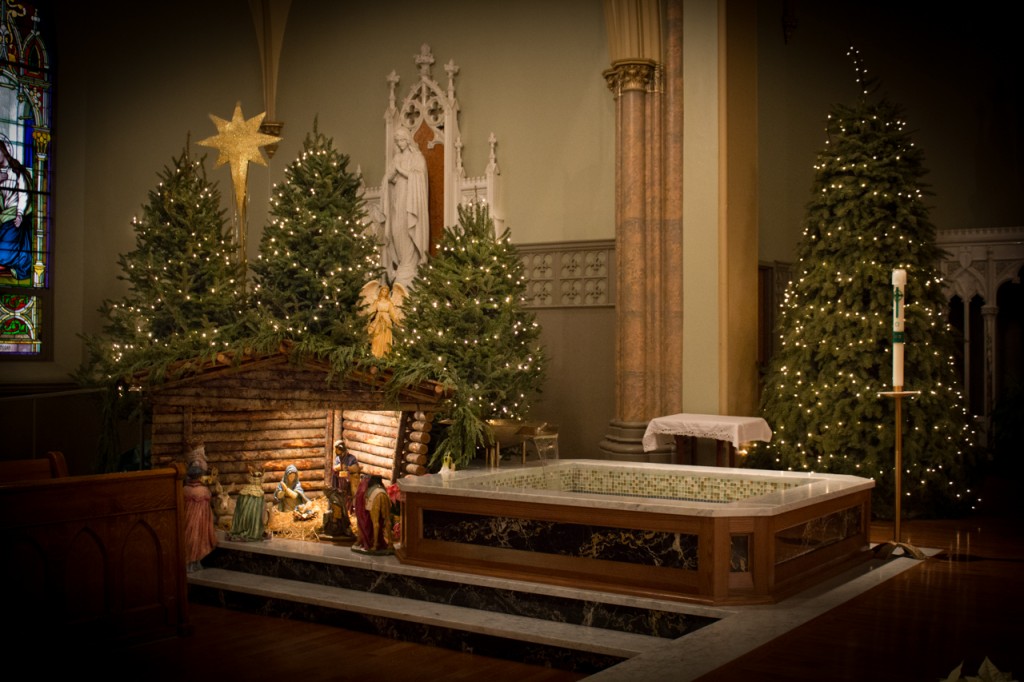
What are Your Family Traditions?
Which of these traditions is your family participating in to live into Advent more intensely? Do you have other traditions that help you or your family prepare the way for Christ on Christmas? Send us an email and let us know.
